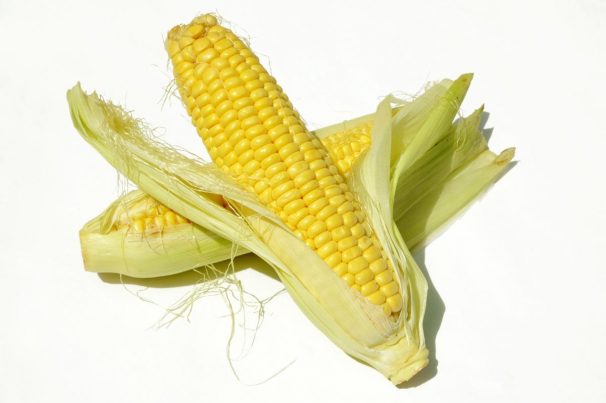
Corn Silk – sources, health benefits, nutrients, uses and constituents at NaturalPedia.com
Tuesday, August 29, 2017 by Frances Bloomfield
http://www.naturalpedia.com/corn-silk-sources-health-benefits-nutrients-uses-and-constituents-at-naturalpedia-com.html

Corn silk is the tuft of shiny, golden-green, threadlike fibers on ears of corn (Zea mays), the purpose of which is to aid in the process of reproduction. The corn silk that juts out of the husk catches pollen transports it to the cob in order to pollinate the corn kernels. For many people who regularly eat corn or use fresh ears as an ingredient, corn silk can be a nuisance to separate from the kernels. Yet corn silk actually a highly beneficial plant part with a plethora of medicinal applications, and has been used as such for years.
List of known nutrients
According to MedicinalHerbInfo.org, corn silk is loaded with a wide array of essential vitamins, minerals, and other nutrients that have helped make it popular as a folk medicine. These include:
- Alkaloids
- Cryptoxanthin
- Flavonoids
- Palmitic Acid
- Saponins
- Sitotsterol
- Stigmasterol
- Vitamin B5 (Pantothenic acid)
- Vitamin C
- Vitamin K
Medicinal uses for corn silk
Corn silk is believed to prevent or reduce the symptoms of numerous common and chronic health ailments, such as:
- Cystitis
- Diabetes
- Edema
- Gallstones
- Headaches
- Hepatitis
- Hypertension
- Joint Pain
- Kidney Stones
- Prostate Disorders
- Urethritis
- Urinary Tract Infections
- Urinary Tract Stones
The most famous use of corn silk is as a preventive measure against urinary tract infections. This is because corn silk is known to be a diuretic that not only boosts the frequency of urination, but decreases the growth of bacteria too. Moreover, corn silk has soothing anti-inflammatory actions as well that reduce the inflammation and irritation of the bladder and urethra.
As a result, corn silk can also impede the occurrence of kidney stones since increased urine flow decreases the risk of sediments forming in the kidneys.
Individuals struggling with painful joints can turn to corn silk for added relief. Corn silk has both anti-inflammatory and alkaline properties that lower the chances of inflammatory reaction, impede the retention of fluid, and normalize the body’s acidity levels. In addition, the diuretic effects ensure that excessive uric acid doesn’t form the joints.
The anti-inflammatory qualities of corn silk can provide relief from headaches too.
Corn silk can help against hypertension, a benefit that has been attributed to its flavonoid content. Corn silk flavonoids help regulate blood pressure, improve circulation, and control sodium levels, all of which contribute to the reduced risk of hypertension. Those already on medication for hypertension should consult with medical professionals before taking corn silk, however, as it may counteract the effects of the medicine.
Body systems supported by corn silk
As a potent yet gentle diuretic, corn silk is good for the urinary tract and the bladder. It’s believed that corn silk can be just as effective at nourishing and supporting the liver and small intestine, mostly due to the medicinal properties and important nutrients found in corn silk.
Ways to use corn silk
The best way to enjoy the benefits of corn silk is as a tea. Thankfully, corn silk tea is easy to make, and all that’s needed is three cups of water and a handful or 20 g of corn silk. To make corn silk tea, simply place the water and corn silk in a pot and boil the mixture until it’s been reduced by half. Strain the liquid and drink the tea while it’s still hot or when it hits a tolerable temperature. Two to four cups a day will suffice.
Where to learn more
- 10 Natural Substances that Can Help Treat Type 1 Diabetes
- Discover The Powerful Benefits of Corn Silk Tea
- How to build a pharmaceutical factory in your back yard and grow your medicine for free
- Kidney stones caused by acidic soft drinks; can be reversed with nutrition and herbs such as corn silk
- Stop an overactive bladder with these 7 herbs and supplements
Summary
Corn silk is best known for being a diuretic that prevents urinary tract infections and kidney stones. The anti-inflammatory qualities of corn silk make it a decent treatment for joint pains and headaches as well.
Sources include:
TheFarmersLife.com
MedicinalHerbInfo.org
Livestrong.com
StepToHealth.com
StyleCraze.com
TCMWorld.org
Tagged Under: Tags: Corn silk






